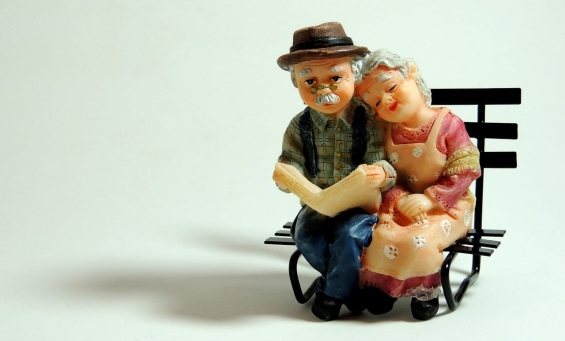
May

What’s the best way to stay fit when you’re older – walking or table tennis?
In your teens you may have run around and played outdoors or ridden your bike for hours on end. In your 20s you may have danced and kick-boxed, gym-ed or pedalled your way to fitness in a spin class. In your 30s and 40s it might have been Pilates, yoga, Zumba or Tae Bo. But when you get to your 60s, 70s and 80s, what is the best way to stay fit?
Last month the BBC aired an episode of their How To Stay Young series that focused on brain fitness and it pitted the old favourite of walking against the new kid on the block: table tennis. The findings were so interesting that I thought I’d write about them in this last blog of the month.
The participants all took three tests at the outset – problem-solving, memory and emotional wellbeing – and were then split into a walking group and a table tennis group for 10 weeks, after which they were asked to sit the same tests again.
The results were surprising. They were split into three sections:
Cognitive. These were the results from the problem-solving and memory tests and they showed that even though both groups had improved their cognitive function, it was the walking group that had improved the most. In fact they had improved by twice as much as the table tennis group.
Physical changes to the structure of the brain. Of those who had had their brains scanned, it was those from the walking group that showed that they had produced more neurons in the hippocampus than those in the table tennis group. The increase was three times bigger than that of the other group, and, as this part of the brain boosts memory and your ability to learn, it’s an important result. The scientists believed that the greater aerobic activity undertaken by the walkers led to the increase in these neurons.
Physical changes to the structure of the brain. But when it came to the thickness of the cortex – the grey matter on the outer surface of the brain responsible for complex thinking and mental sharpness – it was the table tennis group that came out well and truly on top. Their improved cortical thickness was 11 times greater than that of the walking group, most surprising seeing as this is the part of the brain that shrinks the most with age. The scientists attributed this thickening to the fact that those playing table tennis were learning a new skill.
Emotional wellbeing. This is the one that they got most excited about, as the table tennis players were far out in front with fewer negative emotions than the walkers. Regular exercise can reduce anxiety and release feel-good chemicals in the brain.
So both are excellent exercises for keeping fit and staying alert in your old age, especially for the brain and your emotional wellbeing.

















